Blood sugar facts. The Facts, Stats, and Impacts of Diabetes: A Comprehensive Guide
What are the key facts about diabetes? How prevalent is diabetes in the United States? What are the impacts of diabetes on individuals and the healthcare system? Discover the answers to these questions and more in this comprehensive guide.
The Facts About Diabetes
Diabetes is a chronic health condition that affects how the body converts food into energy. In people with diabetes, the body either doesn’t make enough insulin or can’t effectively use the insulin it produces. Insulin is a hormone that helps regulate blood sugar levels. When insulin function is impaired, blood sugar levels can rise to dangerously high levels, leading to serious health complications over time.
There are three main types of diabetes:
- Type 1 diabetes – The body can’t produce insulin. People with type 1 diabetes must take insulin every day to survive.
- Type 2 diabetes – The body doesn’t use insulin effectively. This is the most common type of diabetes and can often be prevented or delayed with healthy lifestyle changes.
- Prediabetes – Blood sugar levels are higher than normal, but not high enough to be diagnosed as type 2 diabetes. Prediabetes can often be reversed with lifestyle modifications.
Diabetes Statistics and Prevalence in the U.S.
According to the latest National Diabetes Statistics Report, the prevalence and impact of diabetes in the United States is significant:
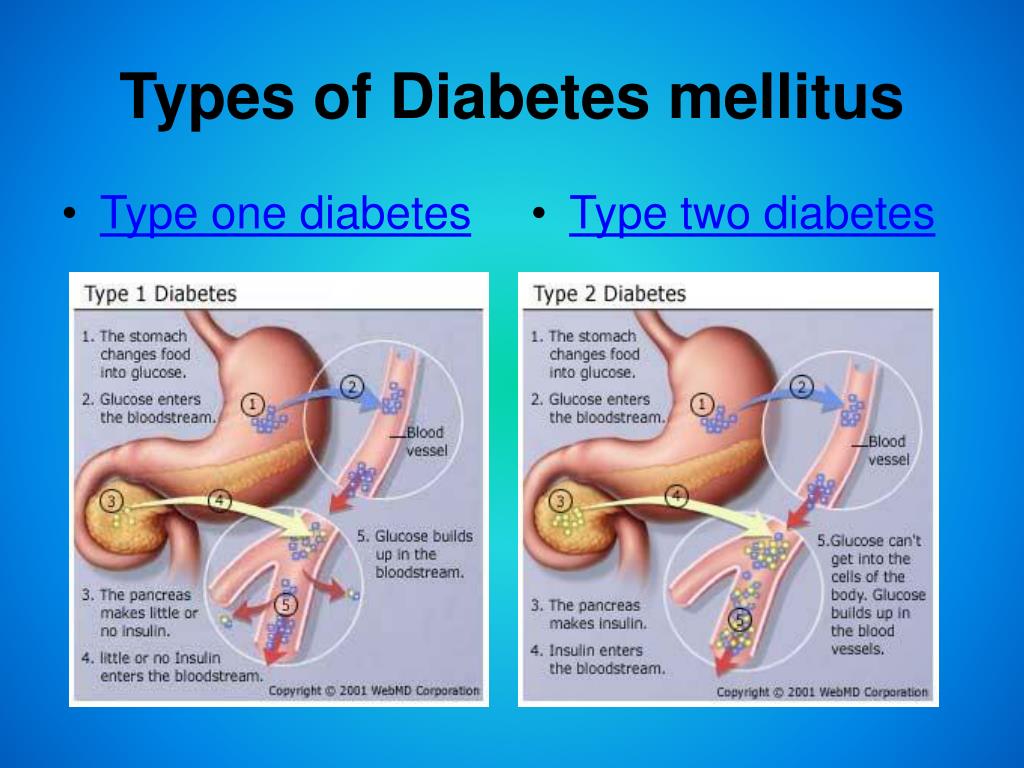
- 37.3 million Americans, or about 1 in 10, have diabetes.
- Approximately 1 in 5 people with diabetes are unaware they have the condition.
- 96 million American adults, more than 1 in 3, have prediabetes.
- Over 8 in 10 adults with prediabetes do not know they have it.
- In 2019, about 1.4 million new cases of diabetes were diagnosed.
- Type 2 diabetes is increasing among younger age groups, especially racial and ethnic minority populations.
The Health Impacts of Diabetes
Diabetes can have serious and costly health consequences if not properly managed. Some of the key impacts include:
- Diabetes is the eighth leading cause of death in the United States.
- Diabetes costs a total estimated $327 billion in medical costs and lost work and wages annually.
- People with diagnosed diabetes have more than twice the average medical costs compared to those without diabetes.
- Diabetes can negatively impact physical, mental, and emotional well-being.
- Common diabetes-related complications include high blood pressure, high cholesterol, chronic kidney disease, and vision impairment or blindness.
Managing and Preventing Diabetes
While there is no cure for diabetes, there are steps that can be taken to manage the condition and prevent or delay the onset of type 2 diabetes:
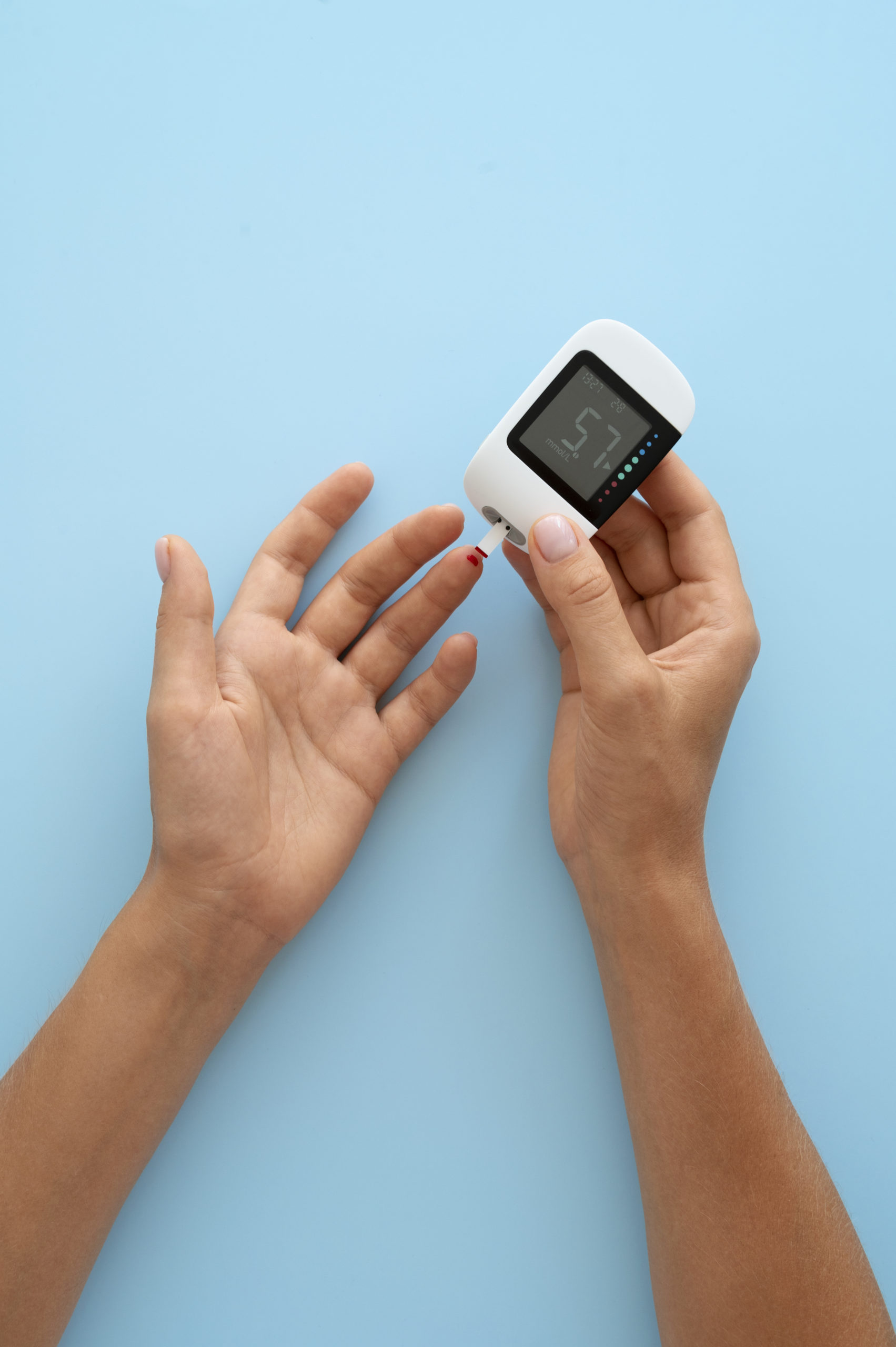
- Participate in a National Diabetes Prevention Program to help prevent or delay type 2 diabetes.
- Enroll in diabetes self-management education and support services to learn how to effectively manage your diabetes.
- Make lifestyle changes such as maintaining a healthy diet, engaging in regular physical activity, and achieving a healthy weight.
- Work closely with your healthcare provider to monitor your condition and adjust treatment as needed.
The Importance of Staying Informed
The more you know about diabetes, the better equipped you’ll be to take steps to prevent, manage, or delay the onset of this serious chronic condition. By staying informed and taking proactive measures, you can reduce the toll diabetes takes on your health and quality of life.
Frequently Asked Questions
What are the main types of diabetes?. The three main types of diabetes are type 1, type 2, and gestational. Type 2 is the most common form.
How is diabetes diagnosed?. Diabetes is typically diagnosed through one or more blood tests that measure blood sugar levels.

How can diabetes be managed?. Diabetes can be managed through a combination of monitoring, medication, diet, and lifestyle changes.
Conclusion
Diabetes is a widespread and impactful chronic condition in the United States, affecting millions of individuals and costing the healthcare system billions. By understanding the facts, statistics, and health impacts of diabetes, you can take proactive steps to prevent, manage, or delay the onset of this serious condition. Stay informed, work closely with your healthcare provider, and make healthy lifestyle choices to take charge of your diabetes and your overall well-being.
The Facts, Stats, and Impacts of Diabetes
The more you know about diabetes, the more you can do about preventing it, delaying it, or lessening its harmful effects.
Chances are, you know someone with diabetes. It may be a friend, a family member, or even you. And because the best way to prevent or manage any harmful health condition is to be informed, we want to help you be in the know. Learn about the facts, stats, and impacts of diabetes.
The year 2021 marked the 100th anniversary of the discovery of insulin. Before insulin was discovered, people with diabetes didn’t live long lives. Since then, we’ve come a long way in reducing the toll diabetes takes on people’s daily lives. But the fight isn’t over.
Today, the number of people with diabetes is higher than it has ever been. And it’s not just your grandparents you have to worry about. People are developing diabetes at younger ages and at higher rates. But the more you know about diabetes, the more you can do about preventing it, delaying it, or lessening its harmful effects.
The Facts
Diabetes is a chronic (long-lasting) health condition that affects how your body turns food into energy. Most people’s bodies naturally produce the hormone insulin, which helps convert sugars from the food we eat into energy that the body can use or store for later. When you have diabetes, your body either doesn’t make insulin or doesn’t use its insulin well, causing your blood sugar to rise. High blood sugar levels can cause serious health problems over time.
With type 1 diabetes, the body can’t make insulin. If you’re diagnosed with type 1, you’ll need to take insulin every day to survive. With type 2 diabetes, your body doesn’t use insulin well. The good news is that type 2 diabetes can be prevented or delayed with healthy lifestyle changes.
With prediabetes, your body may not be able to fully use the insulin you make, or your body may not make enough insulin to keep your blood sugar levels in a healthy range. People who have prediabetes have blood sugar levels that are higher than normal—but not yet high enough for a diagnosis of type 2 diabetes.
The Stats
The National Diabetes Statistics Report provides information on the prevalence (existing cases) and incidence (new cases) of diabetes and prediabetes, risk factors for health complications from diabetes, and diabetes-related deaths and costs.
Key findings include:
- 37.3 million Americans—about 1 in 10—have diabetes.
- About 1 in 5 people with diabetes don’t know they have it.
- 96 million American adults—more than 1 in 3—have prediabetes.
- More than 8 in 10 adults with prediabetes don’t know they have it.
- In 2019, about 1.4 million new cases of diabetes were diagnosed.
- For people aged 10 to 19 years, new cases of type 2 diabetes increased for all racial and ethnic minority groups, especially Black teens.
- For adults with diagnosed diabetes:
- 69% had high blood pressure, and 44% had high cholesterol.
- 39% had chronic kidney disease, and 12% reported having vision impairment or blindness.

- Diabetes was highest among Black and Hispanic/Latino adults, in both men and women.
The Impacts
Diabetes and diabetes-related health complications can be serious and costly. The eighth leading cause of death in the United States, diabetes costs a total estimated $327 billion in medical costs and lost work and wages. In fact, people with diagnosed diabetes have more than twice the average medical costs that people without diabetes have.
Diabetes can take a serious toll on your quality of life, affecting your physical, mental, and emotional well-being. But though there is no cure for diabetes, there are things you can do to manage it and its health complications. And if you have prediabetes, there are things you can do to help prevent it from becoming type 2 diabetes.
In the Know
Now that you’re in the diabetes know, you can take charge to prevent or delay type 2 diabetes and its complications. Find out how the National Diabetes Prevention Program can help you take charge. And if you already have diabetes, you can learn more about diabetes self-management education and support services to help manage your diabetes.
And if you already have diabetes, you can learn more about diabetes self-management education and support services to help manage your diabetes.
Facts About Diabetes | Johns Hopkins Medicine
Diabetes, also called diabetes mellitus, is a condition that affects insulin, a hormone that breaks down sugars in the food you eat and converts them into glucose to fuel the body.
What You Need to Know
- There are three types of diabetes: type 1, type 2 and gestational. Type 2 is the most common, and cases of both type 1 and type 2 are on the rise.
- Diabetes is diagnosed with one or more blood tests.
- Diabetes may be managed with monitoring, medication, diet and lifestyle changes.
What is diabetes?
Diabetes occurs when your body does not process food as energy properly. Insulin is a critical hormone that gets glucose (sugar that is used as energy) to the cells in your body. When you have diabetes, your body either doesn’t respond to insulin or doesn’t produce insulin at all. This causes sugars to build up in your blood, which puts you at risk of dangerous complications.
Insulin is a critical hormone that gets glucose (sugar that is used as energy) to the cells in your body. When you have diabetes, your body either doesn’t respond to insulin or doesn’t produce insulin at all. This causes sugars to build up in your blood, which puts you at risk of dangerous complications.
Types of Diabetes
Diabetes can be classified as type 1, type 2 or gestational.
Type 1 Diabetes
Type 1 diabetes is an autoimmune disease in which the immune system attacks and destroys the cells in the body that produce insulin. The rate of type 1 diabetes is rising worldwide, with the greatest increase occurring in children younger than age 5.
In people with type 1 diabetes, the body does not make enough of the hormone insulin, which enables the body to convert glucose (a simple sugar) into energy. Type 1 diabetes develops when the insulin-producing beta cells in the pancreas are destroyed due to an autoimmune process in which the body’s immune system mistakenly destroys its own organs or tissues.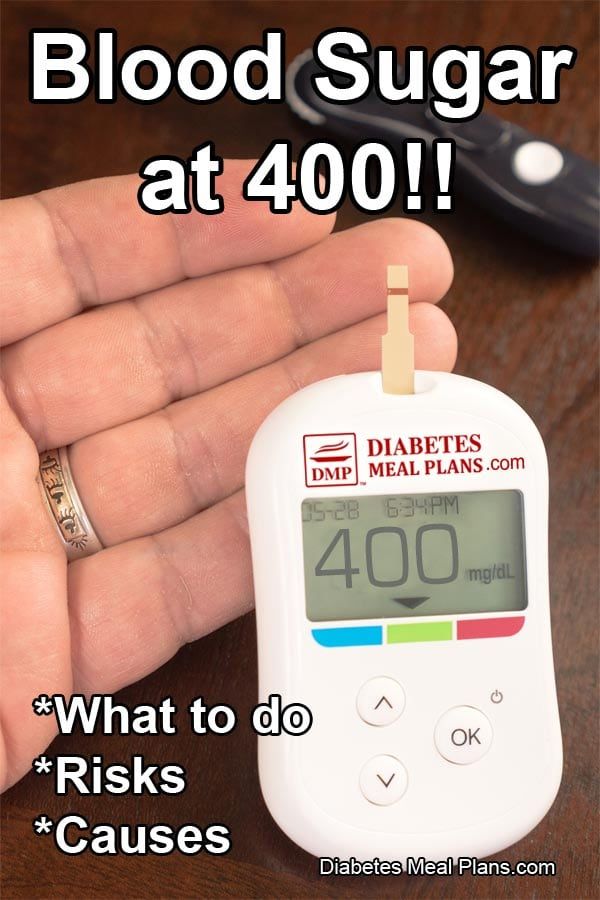 The onset of symptoms can happen quickly. People with type 1 diabetes may need daily insulin shots.
The onset of symptoms can happen quickly. People with type 1 diabetes may need daily insulin shots.
Type 2 Diabetes
Type 2 diabetes is a metabolic disorder that results from the body’s inability to make enough insulin or to properly use insulin. Type 2 diabetes is the most common type of diabetes. In type 2 diabetes, the pancreas produces enough insulin, but the body cannot use it effectively. This is referred to as insulin resistance. Gradually, insulin production slows down, as is the case in type 1 diabetes. Previously unheard of in children and teens, type 2 diabetes is now being diagnosed more often in children and teens, which some research links to increasing rates of childhood obesity.
Gestational Diabetes
Gestational diabetes develops during pregnancy when a hormone made by the placenta prevents the mother’s body from using insulin effectively. It is not caused by a lack of insulin but by other hormones produced during pregnancy that can make insulin less effective. Gestational diabetic symptoms disappear following delivery of the baby.
Gestational diabetic symptoms disappear following delivery of the baby.
Prediabetes
In a condition called prediabetes, the blood sugar level is elevated but not to a degree that constitutes diabetes. People who have repeated tests showing elevated fasting glucose have increased risk of developing full-blown diabetes. Those over age 45 should be tested for prediabetes or diabetes. If a first blood glucose test is normal, individuals should be retested every three years.
Those under age 45 should consider testing for prediabetes or diabetes if they have a body mass index (BMI) greater than or equal to 25 kg/m2 and have several risk factors, such as a sedentary lifestyle, taking certain medications (including some antipsychotic, steroid, diuretic medicines) or having a family history of the disease.
Diabetes Symptoms
Depending on the type, diabetes can cause too much glucose in the blood or too little.
Hyperglycemia (High Blood Sugar)
Diabetes is characterized by a failure to secrete enough insulin. Insulin is a hormone produced in the pancreas. It is needed by the body to convert glucose into energy. Without adequate insulin, abnormally high levels of glucose accumulate in the blood.
Insulin is a hormone produced in the pancreas. It is needed by the body to convert glucose into energy. Without adequate insulin, abnormally high levels of glucose accumulate in the blood.
Hypoglycemia (Low Blood Sugar)
Hypoglycemia is characterized by a blood sugar (glucose) level that is too low to fuel the body’s normal functioning. Hypoglycemia may be a condition by itself, a complication of diabetes or a sign of another disorder.
Problems with blood sugar regulation due to diabetes can cause:
- Headaches
- Increased thirst
- Frequent urination
- Increased appetite
- Weight loss
- Blurred vision
- Fatigue
- Dry mouth
If your child develops any of the above symptoms, consult a pediatrician immediately.
Note: Even though type 1 diabetes may take years to develop, the onset of symptoms is fairly sudden and rapid. Undiagnosed and untreated, a person with type 1 diabetes can go into a life-threatening diabetic coma (ketoacidosis). Symptoms of type 2 diabetes are the same as the symptoms of type 1 diabetes, but unlike type 1 diabetes, symptoms tend to develop slowly and gradually.
Symptoms of type 2 diabetes are the same as the symptoms of type 1 diabetes, but unlike type 1 diabetes, symptoms tend to develop slowly and gradually.
Diabetes Diagnosis
A doctor can diagnose diabetes with one or more of the following blood tests:
- Random blood sugar test: Taken any time, regardless of how recently you have eaten.
- A1C test: Assesses blood sugar levels over several months.
- Fasting blood sugar test: Measures blood sugar levels after you have not eaten overnight.
- Glucose tolerance test: Takes blood levels over the course of several hours to show how quickly your body metabolizes the glucose in a special liquid you drink.
Diabetes Treatment
Treatment for diabetes depends on its type and severity, and may include:
- Frequent blood glucose checking to monitor blood glucose levels
- Lifestyle changes, including diet and exercise
- Oral medication
- Daily insulin injections
Regular physical exams are critical for people with any type of diabetes to monitor and treat any arising complications, such as eye problems, kidney disease, cardiovascular disease and neuropathy (damage to the nerves).
Basics
-
Diabetic Nephropathy (Kidney Disease) -
Diabetes: What You Need to Know as You Age -
Diabetic Retinopathy -
Type 2 Diabetes -
Type 1 Diabetes in Children -
Diabetes Insipidus -
Hypoglycemia (Low Blood Sugar) -
Foot Ulcers -
Diabetes: Answers from Diabetes Expert Dr. Rita Kalyani
Rita Kalyani
-
Hypoglycemia: Nocturnal -
Gestational Diabetes -
Prediabetes -
Type 2 Diabetes in Children -
Diabetes and High Blood Pressure -
Type 1 Diabetes -
Diabetes and Your Eyes: What You Need to Know
See More
Wellness and Prevention
-
Women: How Controlling Blood Sugar Benefits Your Heart -
Finding the Hidden Sugar in the Foods You Eat -
Fruity Nutty Spinach
Research Shows
Biomedical Discoveries Underpin Good Health
Virtually every major medical breakthrough in the past half-century has been achieved because a biomedical scientist unraveled one more mystery of biology. The discoveries of Johns Hopkins scientists have led to vaccine, treatment and diagnostic breakthroughs. The Johns Hopkins Institute for Basic Biomedical Sciences continues the legacy by leading research into the causes and treatments of numerous biomedical conditions.
The discoveries of Johns Hopkins scientists have led to vaccine, treatment and diagnostic breakthroughs. The Johns Hopkins Institute for Basic Biomedical Sciences continues the legacy by leading research into the causes and treatments of numerous biomedical conditions.
Learn more
harmful myths and important facts about sugar
The fight against sugar in all its manifestations does not prevent it from occupying an important place in our diet and in our prejudices. We figure out where the truth is, and where harmful delusions are. This article was first published in 2018.
Tags:
health
knowledge
Getty Images
I don’t eat sugar
Disputes about how harmful or, on the contrary, sugar is necessary for a person, confusion of concepts often creeps in. Some mean all carbohydrates in general and the glycemic index of foods, that is, their ability to increase blood sugar, others mean added sugar, the very one that we put in tea and on which we make jam.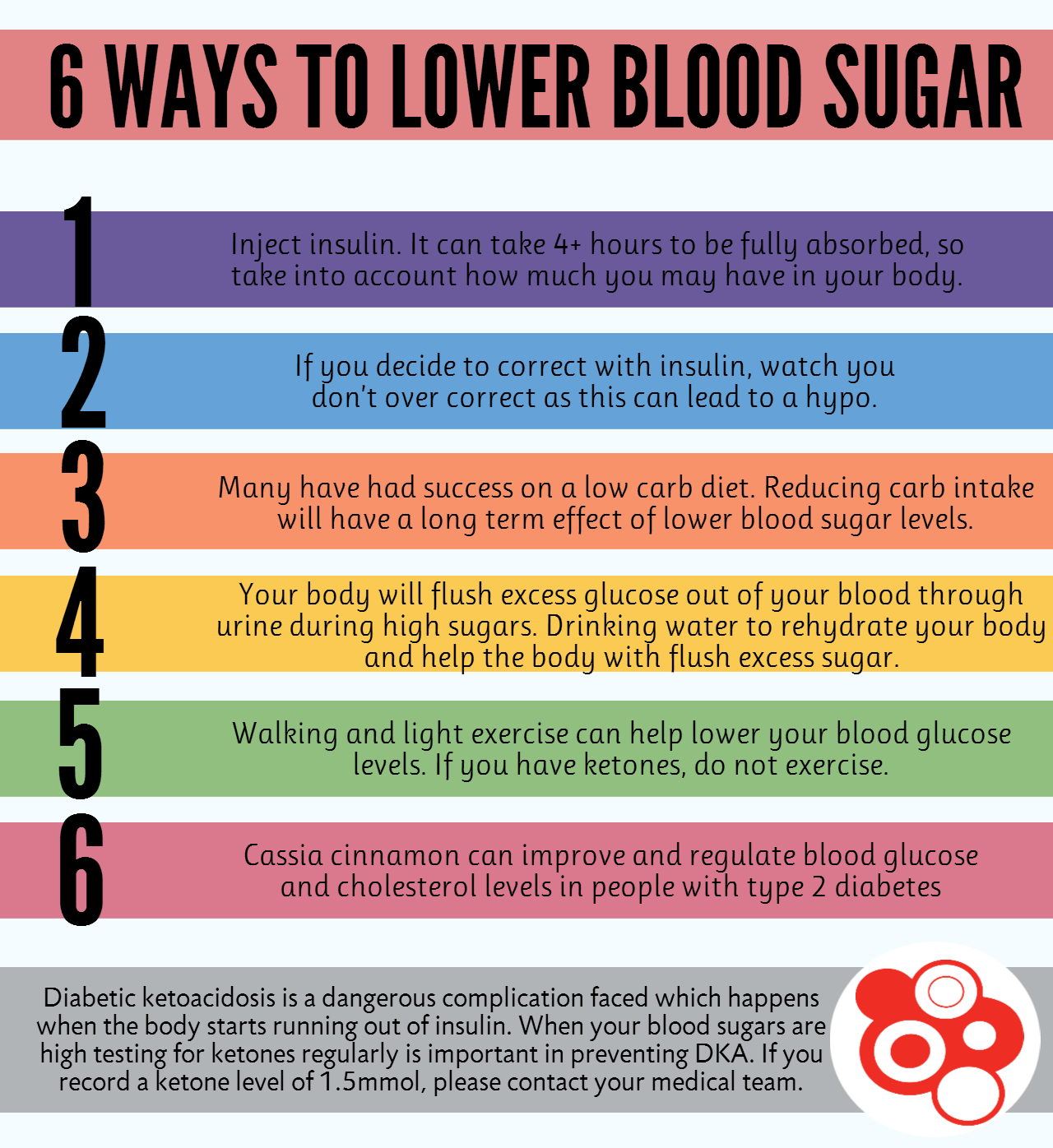
Sugars are generally referred to as all simple short chain carbohydrates. Monosaccharides, the simplest of them, break down and enter the bloodstream faster than others – for example, they include fructose and glucose. Disaccharides are carbohydrates consisting of two monosaccharides (more precisely, monosaccharide residues). Like monosaccharides, they are sweet-tasting and break down quickly into the bloodstream, such as sucrose, lactose, and maltose.
Polysaccharides are complex carbohydrates, they do not have a sweet taste, they are broken down much longer and the blood sugar level is kept at a stable level.
When we say that we don’t eat sugar, most often we mean that we have given up sweets, we don’t drink sweetened coffee, we don’t dream about chocolate and we don’t take honey for preventive purposes. But this does not mean that sugar is excluded in this way: if we drink coffee with milk, even skimmed milk, we drink it with lactose, the sugar found in milk and dairy products. If we drink a glass of kefir at night, we also get a portion of lactose with it. If we drink an invigorating smoothie or a glass of freshly squeezed juice for breakfast, then we get an impressive portion of fructose – the sweetest simple sugar. And while we can consider that these are all “useful products”, the body does not care. He gets more or less the same dose of sugar, which causes a similar spike in his blood levels as from a chocolate candy. And sometimes more.
If we drink a glass of kefir at night, we also get a portion of lactose with it. If we drink an invigorating smoothie or a glass of freshly squeezed juice for breakfast, then we get an impressive portion of fructose – the sweetest simple sugar. And while we can consider that these are all “useful products”, the body does not care. He gets more or less the same dose of sugar, which causes a similar spike in his blood levels as from a chocolate candy. And sometimes more.
Sugar is good for the mind
Probably everyone who has gone to school or ever taken an exam has come across this belief. The brain does need glucose, but that doesn’t mean it needs candy. In addition to getting enough from complex carbohydrates, such as whole grains, the body is able to produce glucose from non-carbohydrate compounds. This process is called gluconeogenesis, and it is naturally triggered if there are not enough carbohydrates in the diet and glycogen stores are depleted. Therefore, even if your diet consists only of fiber and proteins, the brain will not lose the ability to think and successfully manage the body.
Moreover, in recent years, more and more studies have appeared confirming that a low-carb and high-fat diet can improve brain function, stop inflammation in tissues and organs, and even reverse some diseases (including type 2 diabetes). So, the same coffee with heavy cream seems to be healthier than the usual latte.
Sugar brings old age closer
This is true, but the ability of sugar to “candy” proteins, which is called glycosylation, is to blame. Glucose and other simple carbohydrates, when attached to a protein molecule, such as collagen, make it brittle, vulnerable, and inelastic. The same collagen is included in the structure of blood vessels, skin, cartilage, bones, and its sugaring directly affects their youth and healthy functioning. As a result of these processes, the sensitivity of nerve endings is lost – for example, vision decreases. And by the level of “sugar content” of the protein, it partially measures the conditional “aging” of the body – first of all, by analyzing glycosylated hemoglobin. If its indicators are high, it’s time to change your eating habits and reduce the amount of simple carbohydrates in your diet.
If its indicators are high, it’s time to change your eating habits and reduce the amount of simple carbohydrates in your diet.
Sweeteners are also harmful, natural sugar is better
Sweeteners are one of the hot topics in dietology. Some are fiercely against “this chemistry”, others argue that the time of harmful and untested substitutes is in the past. The truth is about in the middle. For example, one of the most famous substitutes – aspartame – survived fame, oblivion, and subsequent rehabilitation. It is considered harmless, but only if not exposed to heat – it leads to the possible carcinogenicity of aspartame. So, when buying a sweet soda based on it, it is better to make sure that it was kept cool.
Another substitute – erythritol – is practically indistinguishable from sugar, allows you to replace it in baking and, for example, chocolate. True, it practically does not dissolve, therefore it requires very fine grinding (but it behaves well in baking). Stevia, a sweet herb from which the substance stevioside is obtained, is considered absolutely safe, but has a specific flavor that not everyone likes. But fructose, abundantly presented on the shelves with dietary products in supermarkets, is the most sugar. The only way she should enter the body is fruits, berries and vegetables. And honey, if there are no allergies and other contraindications.
Stevia, a sweet herb from which the substance stevioside is obtained, is considered absolutely safe, but has a specific flavor that not everyone likes. But fructose, abundantly presented on the shelves with dietary products in supermarkets, is the most sugar. The only way she should enter the body is fruits, berries and vegetables. And honey, if there are no allergies and other contraindications.
5 facts about sugar that you didn’t know before
Everyone talks about it, everyone is afraid of it, but it’s almost impossible to exclude it from your life – it’s everywhere. Even if you are the most vigilant adherent of a healthy lifestyle, you somehow consume sugar, which is found in sweeteners and in most familiar products. ELLE tells you what you need to know about sugar so that it stops being your enemy and turns into a pleasant addition to the diet.
1. The Hidden Threat
According to statistics, sugar is added to 74% of all ready-made products that end up on store shelves. If, when accounting for the sugar eaten per day, you counted only those few spoons that were added to food and drinks during the day, then this is self-deception. The recommended daily intake of sugar is 30 grams (6 teaspoons). But when you factor in snacks at work, desserts at lunch, and sugary yogurt for breakfast, the real figure is truly frightening: on average, every Russian citizen eats a total of 100 to 140 grams of sugar per day. Monitor your own diet throughout the day, carefully recording all the sugar in your food. Most likely, the result will unpleasantly surprise you.
If, when accounting for the sugar eaten per day, you counted only those few spoons that were added to food and drinks during the day, then this is self-deception. The recommended daily intake of sugar is 30 grams (6 teaspoons). But when you factor in snacks at work, desserts at lunch, and sugary yogurt for breakfast, the real figure is truly frightening: on average, every Russian citizen eats a total of 100 to 140 grams of sugar per day. Monitor your own diet throughout the day, carefully recording all the sugar in your food. Most likely, the result will unpleasantly surprise you.
2. How would it be in Russian?
Manufacturers use at least 61 synonyms for the word “sugar” on product labels to confuse vigilant shoppers. Some of the most popular sweeteners include glucose, dextrose, maltose, molasses, sorbitol, fructose, barley malt, and a variety of syrups from corn to cane.
3. Deception
One of the main sweeteners that inspires confidence in almost everyone is fructose.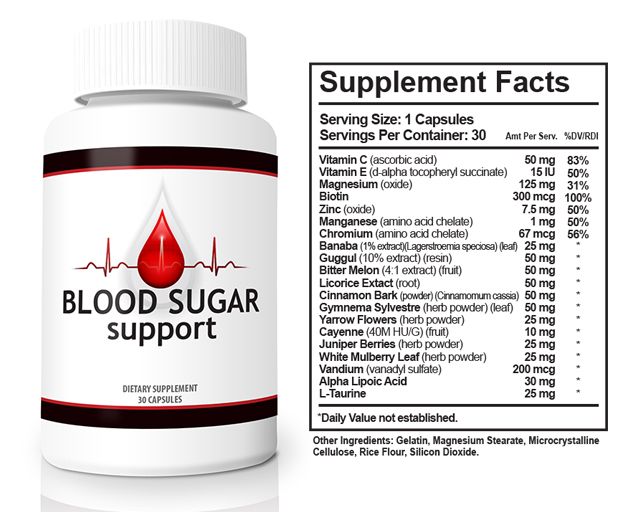 Despite the harmless name, which evokes associations with healthy fruits, fructose has almost the same effect on the liver as alcohol does: it destroys it and causes pathologies.
Despite the harmless name, which evokes associations with healthy fruits, fructose has almost the same effect on the liver as alcohol does: it destroys it and causes pathologies.
4. Big races
The claim that sugar helps with bad moods is not true. The quick effect of a chocolate bar or cookie, whether it is an energy boost or an attack of euphoria, is associated with an increase in insulin levels in the blood, which is invariably followed by a sharp decline: after all, as a result, sugar drops below the norm, which leads to dizziness, apathy, fatigue, nausea, severe irritability and entails other symptoms of hypoglycemia.
5. Calculus
Just one can of soda per day increases the risk of dying from cardiovascular diseases by about a third. The reason is obvious: the very high sugar content. For example, half a liter of cola contains the equivalent of about 16 teaspoons of sugar.
One of these items may be the cause of poor health or problems with getting rid of extra pounds.


 Rita Kalyani
Rita Kalyani